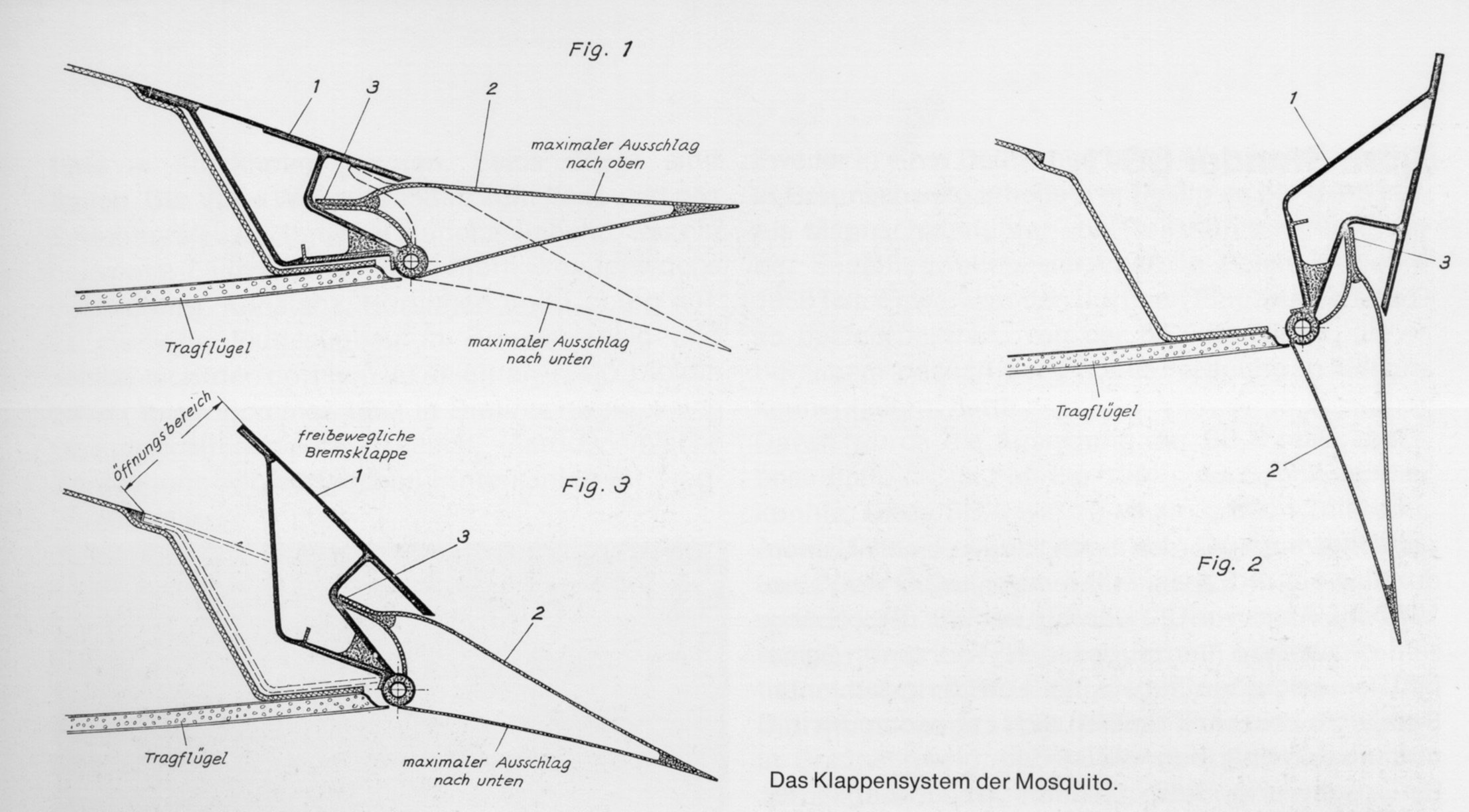Could flaps replace spoilers by deflecting more than 90° after touchdown?
-
$\begingroup$ Related: What theoretically would happen if the flaps were extending even further $\endgroup$– Peter KämpfCommented Mar 3, 2019 at 0:16
-
4$\begingroup$ I bet those airflow diagrams are straight out of a rendering program. Just...they're technically perfect. $\endgroup$– acpilotCommented Mar 3, 2019 at 0:29
4 Answers
The BAe Jetstream 31 is one of a few aircraft that had a "lift dump" flap position after touchdown. It is not "more than 90°", but it is quite effective.

(Jetstream 31 Lift Dump in action; YouTube)
In principle yes.
However, there are practical reasons which stand against this:
- The flap mechanism is already very complex with only 40° of deflection. Going further would make it even more complex and heavier. Spoilers, on the other hand, have a very simple mechanism: A simple hinge and hydraulic actuators are all that is needed.
- By sitting closer to the middle of the airfoil, spoilers have less of a pitch effect than flaps would have when fully deployed as indicated in your question.
But there are already flaps which double as spoilers: One would be the mechanism used on several Glasflügel gliders (see picture), and another example would be the flap on the center wing of the SB-10 glider.
Glasflügel flap-and-spoiler combination. The top left view shows the position in flight, the bottom left view shows the approach position and on the right shows the maximum deployment for highest drag. Note that the upper flap part compensates the pitching moment of the main flap and that no lift loss is incurred when the flap is fully deployed.
-
$\begingroup$ Is there also a problem with ground clearance? $\endgroup$– yshavitCommented Mar 3, 2019 at 3:26
-
1$\begingroup$ @yshavit: Yes, possibly. However, with today's engine diameters and the clearance to avoid tailscrapes on rotation, I would expect that only at the innermost part of the wing the flaps can come too close to the ground. Those would see less deflection - the remainder should be sufficient for braking. $\endgroup$ Commented Mar 3, 2019 at 7:25
Gliders have been doing it for decades. The Schreder HP-14 , has flaps that go all the way to 90 degrees (going more than 90 doesn't make much difference), producing nothing but drag at that setting, in place of traditional spoilers/dive brakes. Normal aircraft don't do it because the drag is so high it precludes going around and if you couldn't retract them for some reason you'd be in huge trouble.
-
1$\begingroup$ Gliders don't need high lift devices to land at slow landing speed. Gliders only need extrados airbrakes to kill fineness and reach this landing speed quicker. Airliners indeed produce a lot of drag when high lift devices are deployed, and may also be in huge trouble to go around if spoilers don't retract, once deployed after touchdown. $\endgroup$– user21228Commented Mar 2, 2019 at 1:35
-
$\begingroup$ @qqjkztd Good point and I've edited my post. On spoilers, well you aren't using lift dumpers to increase sink rate on final. $\endgroup$– John KCommented Mar 2, 2019 at 3:06
Imagine coming in a little high with a 50:1 glider. Gliders do need to reduce lift to land at slow landing speed. Spoilers help do this in addition to flaps. In the model gliding world, this is known as "crow" braking. Spoilers can also be used individually for turning without adverse yaw as "spoilerons".
Very important to consider pitching effects with flap design. Deploying trailing edge flaps can directly effect pitch by changing center of pressure or indirectly by increasing downwash on the horizontal stabilizer/elevator. The Cessna 172 has a marked pitch up while deploying full flaps, which took some getting used to.
-
$\begingroup$ +1 for mentioning the pitch effect. $\endgroup$ Commented Mar 2, 2019 at 19:27


